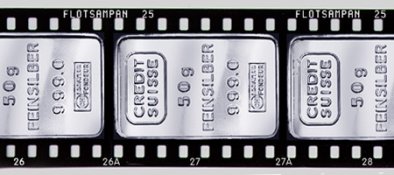WarEaglemtn
Member
- Joined
- Aug 4, 2004
- Messages
- 461
- Format
- Multi Format
I keep reading of the "silver rich" emulsions in paper. Many who have tested with densitometers have shown the amount of silver in a paper and the maximum density aren't necessarily the same thing. It is how it is formulated & made. Some papers with a lot of silver don't have the blacks of other papers with less silver.
Anyone with "silver rich" have any way of actually showing how much silver is in the paper? Something like 'grams per square meter' or something similar? Would be nice to know, rational or not, if the claims are anything more than marketing hype. Kind of like the old claim of "Bergger is just like SuperXX". Anything to sell a product.
Anyone with "silver rich" have any way of actually showing how much silver is in the paper? Something like 'grams per square meter' or something similar? Would be nice to know, rational or not, if the claims are anything more than marketing hype. Kind of like the old claim of "Bergger is just like SuperXX". Anything to sell a product.











 ). Is TMax a silver-rich film? Why people often end with blocked highlights?
). Is TMax a silver-rich film? Why people often end with blocked highlights?  ))))
))))